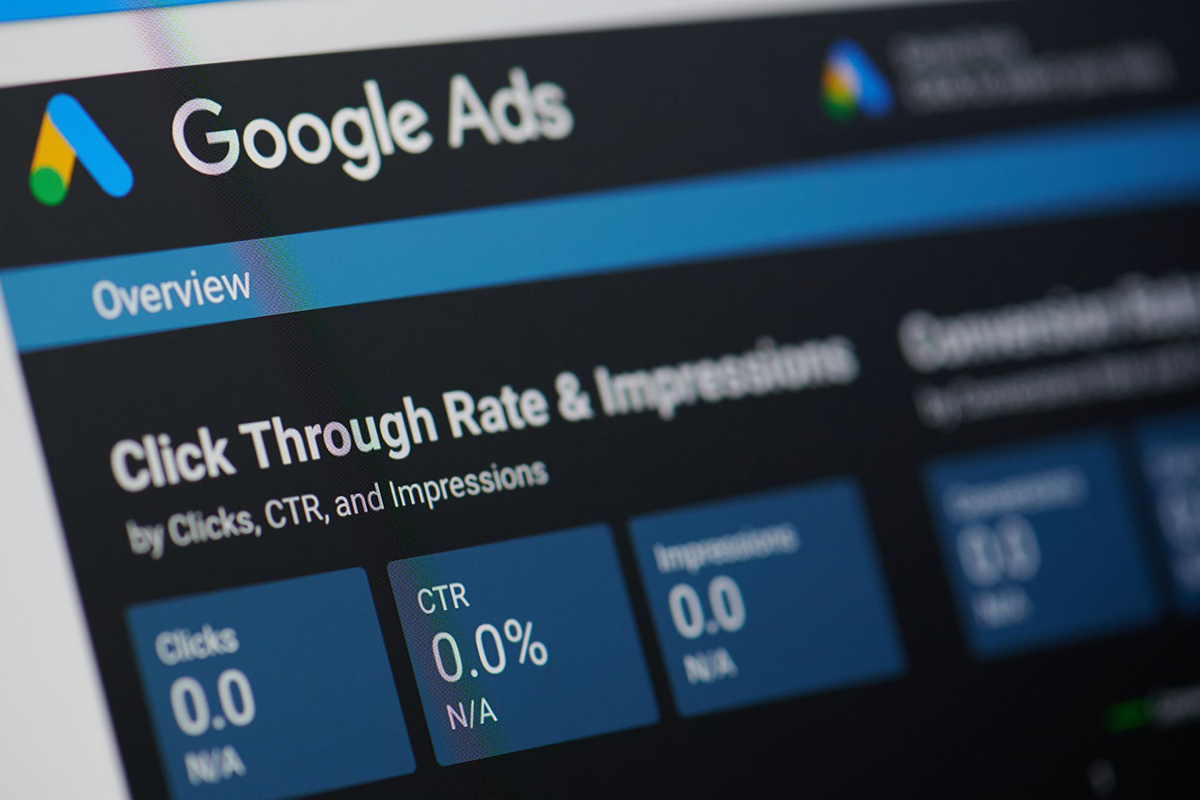For companies trying to boost conversions, generate traffic, and expand their online presence, Google Ads is an essential tool. However, you must test and optimise your campaigns to make sure you get the best results possible. Google Ads Experiments are useful in this situation. It allows advertisers to run controlled tests within their campaigns, offering insights that can lead to better performance and smarter ad spend.
In this blog, we’ll be diving into the Google Ads Experiments feature—what it is, how to use it, and the benefits it brings to your campaigns.
What is the Google Ads Experiments Feature?
Google Ads Experiments is a built-in tool that lets advertisers test changes to their campaigns without risking the entire campaign’s performance. With experiments, you can change various aspects of a campaign, such as bidding strategies, keyword match types, or landing pages, and then measure the results against your original campaign, which is called the “control” campaign.
Experiments enable you to make data-driven decisions by showing you exactly how changes impact key metrics like click-through rate (CTR), conversion rate, cost-per-click (CPC), and return on ad spend (ROAS). You can test variations and gain actionable insights backed by actual data.
Types of Google Ads Experiments
There are two primary types of experiments you can run on Google Ads:
1. Custom Experiment
Custom Experiments allow you to create a “duplicate” version of your campaign where you can make changes without affecting the live campaign. Once it is ready, you can launch it as an experiment. This setup allows you to test ideas about specific adjustments, from new keywords to different bid strategies.
Examples include:
- Testing new bidding strategies (e.g., Target CPA vs. Maximise Conversions)
- Trying out different keyword match types or pausing underperforming keywords
- Changing the ad scheduling or what devices they appear on
- Testing new ad formats, creative assets, or audiences
2. Ad Variations
This experiment focusses solely on testing different ad creatives without impacting your campaign structure. Google Ads will rotate the variations evenly among your ads and measure their performance against the original. Ad Variations are an excellent way to test small but crucial changes in ad copy, headlines, or call-to-action buttons.
Examples include:
- Testing different headlines, descriptions, or calls to action
- Comparing different messaging
- See how different promotions or offers can impact user engagement
There are also specific experiments that can be created for Performance Max, Demand Gen, and Video Campaigns.
Where are Experiments found in Google Ads?
In the Google Ads dashboard, navigate to your campaign. On the left-hand menu, click the dropdown for Campaigns and Experiments. Here you’ll see multiple options for the different experiment campaigns.
When creating an experiment, always give it a name that explains what the experiment is about and what campaign you’re experimenting with. You’ll also need to select the duration of the experiment, which Google Ads will set as 56 days if you don’t have a set date in mind. You’ll also need to decide how you’d like to split the traffic between the original campaign and the experiment. This is up to you; the split can be 50-50, but it’s good to give your experiment at least 30% of the split. Once you have selected these, then Google will begin showing your experiment to a portion of your audience.
You’ll then be able to monitor how each experiment is performing under the ‘all experiments’ tab.
The Key Benefits of Google Ads Experiments
1. Decisions Driven by Data
You can base decisions through experiments on actual evidence rather than assumptions. When choosing how much to spend on advertising, ads copy, or bidding strategies, this can be really helpful.
2. Minimised Risk
By only applying changes to a percentage of your traffic, you can reduce the possibilities of negatively impacting your campaign’s performance. This helps you to test new ideas and refine your strategy without burning through your entire ad budget.
3. Identify winning methods
You can focus your resources and budget on what works by conducting controlled testing to find out which elements of your advertising campaign are doing the best. You’ll be able to decide what to focus on more and what to eliminate.
4. A/B Testing
With Ad Variations, you can A/B test different creative elements, which can enhance click-through rates, conversion rates, and user engagement. Meanwhile, Custom Experiments allow you to test broader strategies, such as bidding, targeting, or audience segmentation.
Crucial Details for Google Ads Experiments Success
These details should be kept in mind when running Google Ads Experiments:
- Run tests for a sufficient amount of time: A short experiment may not provide reliable results. Make sure your test runs for enough time to collect relevant data, especially if your campaign doesn’t have a high volume of traffic.
- Test one variable at a time: Avoid making too many changes in a single experiment. It’s easier to identify the factors causing the change when variables (such as headlines, bid strategies, or keywords) are isolated.
- Monitor key metrics regularly: As the experiment goes on, pay close attention to your most crucial performance metrics, such as conversions, cost per conversion, and CTR, to ensure that you are making wise choices.
For advertisers aiming to maximise return on investment and optimise campaign performance, Google Ads Experiments is an essential tool. Through the use of Custom Experiments or Ad Variations, you can conduct controlled experiments to enhance your messaging, refine your ad strategy, and get greater results.
If you’re not using Google Ads Experiments yet or not using Google Ads, get in touch with Twilo today and we can discuss with you how to reach your business goal together.

